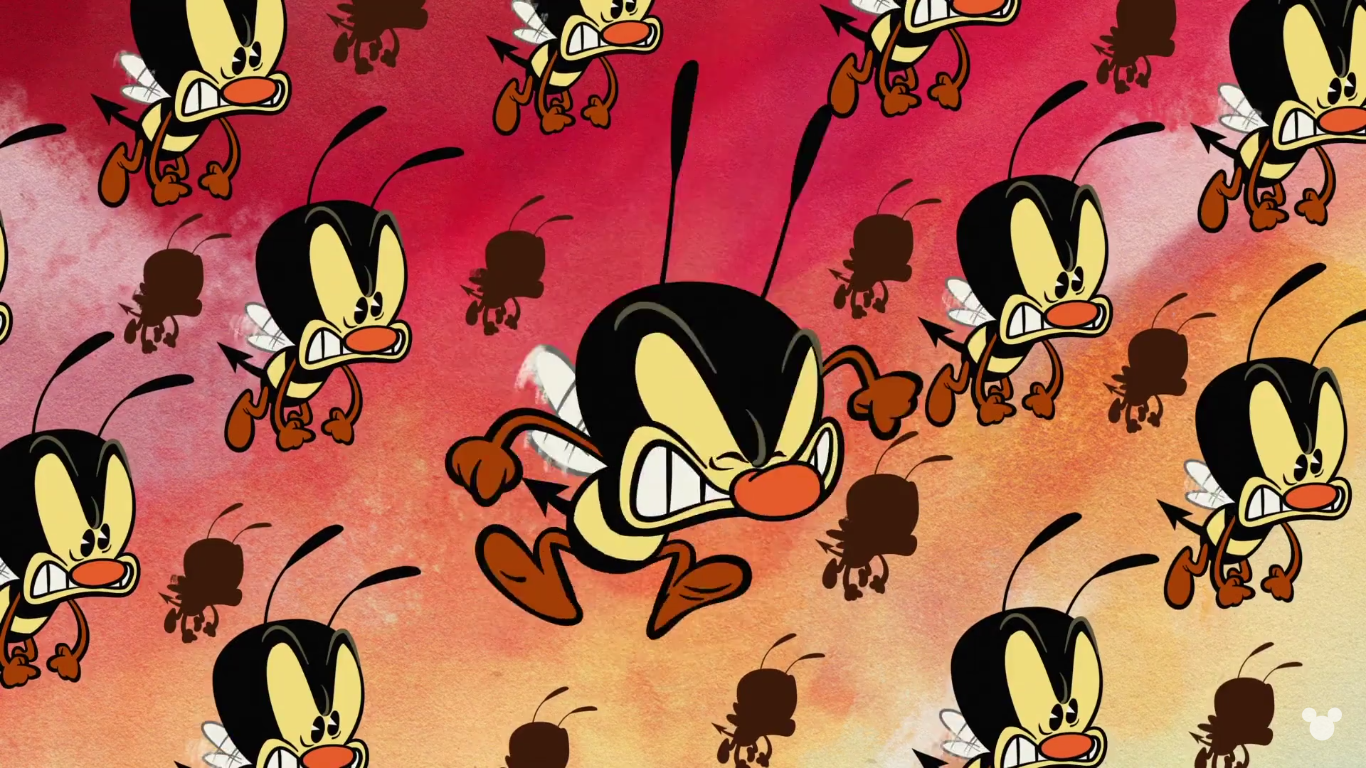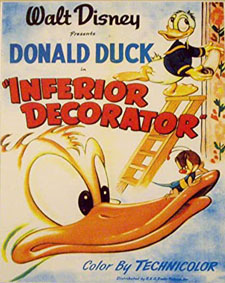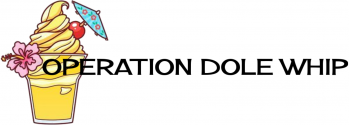The warmer weather means more time outdoors and fun festivals in the parks. It also means the appearance of flowers, butterflies and other friends. Last time we shined our Character Spotlight on Orange Bird. But there is another funny little guy who hangs out at the EPCOT Flower & Garden Festival these days. He’s feisty and fast, but always wearing a smile on his cute little face lately. Let’s shine our character spotlight on Spike the Bee.

History
Developement
Spike (sometimes referred to as Buzz-Buzz or Barrington) is a bee who often tormented Donald Duck in several cartoons in the late 1940s and early 1950s. He also tormented Pluto in Bubble Bee. Spike the Bee is an appealing little character who appeared in a supporting role in several Disney animated shorts released during the 1950s. Since 2018, he has become a sort of unofficial mascot of the Epcot Flower and Garden Festival.
In recent years, the Spike character has reappeared in episodes of the animated series Mickey Mouse Clubhouse (Goofy’s Bird, Minnie’s Bee Story, Mickey’s Little Parade) and in the Disney Channel Mickey Mouse short cartoons (Bee Inspired, New Shoes). In Bee Inspired, Spike continually disrupts Mickey from posing for Minnie’s painting. However, by the end, he saves Mickey from an angry swarm of bees.
Background
Spike can be identified by his almost Mickey Mouse style face in yellow and brown. His body is a black/yellow/black color block, with his appendages and stinger in brown. In the cartoons, Spike has stung multiple times, meaning he’s a bumblebee, as honey bees can only sting once before dying. However, to make things more confusing several of his cartoon adventures show him gathering honey suggesting he is a honey bee. Disney was not always consistent when it came to its animated characters.
Appearances

Filmography
- Window Cleaners (1940; known as Barrington the Bee)
- Home Defense (1943)
- Pluto’s Blue Note (1947; cameo)
- Inferior Decorator (1948)
- Bubble Bee (1949)
- Honey Harvester (1949)
- Slide, Donald, Slide (1949)
- Bee at the Beach (1950)
- Bee on Guard (1951)
- Let’s Stick Together (1952)
- Beezy Bear (1955; cameos on the title card and inside a jar)
- The Mad Hermit of Chimney Butte (1960)
- The Ranger’s Guide to Nature (1966; cameo)
In Mickey Mouse, Spike returns in “Bee Inspired” where he repeatedly frightens Mickey, keeping Minnie from finishing her painting. In the end, they become friends and Spike saves Mickey from an angry swarm of his companions by giving a dramatic speech (all in buzz language with subtitles). He would also appear in “New Shoes” to torment Goofy while stuck in Donald’s body with the rest of Donald’s recurring tormentors.
The Bee enemy design in DuckTales Remastered resembles Spike’s original design from “Window Cleaners.” In the Chip ‘n Dale Rescue Rangers episode Risky Beesness there is a swarm of bees that resemble him.
Disney Parks
Festivals
Spike would be used for Epcot’s 2018 Flower and Garden Festival as the host for the “Spike’s Pollen Nation Exploration” scavenger hunt game. Twelve figures of Spike were placed around gardens throughout World Showcase to mark the different spots. Spike would return as the mascot for the 2020 festival and now again in 2021.
Merchandise

Spike the Bee has been a returning character to the EPCOT Flower & Garden Festival since 2018. He has been featured on pins, mugs, clothing, garden items and so much more. He got his own highly sought after sipper cup for 2021.
Printed material

Spike the Bee made a handful of appearances in Disney comics. In the 1948 Inferior Decorator he attacks Donald’s house with a whole swarm of bees because Donald’s new wallpaper represents flowers.
Thoughts
Spike the Bee is obviously an icon in the making! He’s cute, funny and even a little angry sometimes. Watch for him to show up more in cartoons and in the parks. Who do you think we will feature next in our character spotlight? Do you like learning the history of Disney characters and icons? Is there a specific one you would like us to feature? Don’t forget to follow us on Facebook and Instagram.

